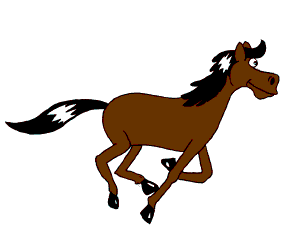.jpg)
2D Graphics
Displayed representation of a scene or an object along two axes of reference: height and width (x and y).
3D Graphics
Displayed representation of a scene or an object that appears to have three axes of reference: height, width, and depth (x, y, and z).
3D Pipeline
The process of 3D graphics can be divided into three-stages: tessellation, geometry, and rendering. In the tessellation stage, a described model of an object is created, and the object is then converted to a set of polygons. The geometry stage includes transformation, lighting, and setup. The rendering stage, which is critical for 3D image quality, creates a two dimensional display from the polygons created in the geometry stage.
Alpha Blending
The real world is composed of transparent, translucent, and opaque objects. Alpha blending is a technique for adding transparency information for translucent objects. It is implemented by rendering polygons through a stipple mask whose on-off density is proportional to the transparency of the object. The resultant color of a pixel is a combination of the foreground and background color.
Typically, alpha has a normalized value of 0 to 1 for each color pixel.
new pixel = (alpha)(pixel A color) + (1 - alpha)(pixel B color)
Alpha Buffer
An extra Color channel to hold transparency information; pixels become quad values (RGBA). In a 32-bit frame buffer there are 24 bits of color, 8 each for red, green, and blue, along with an 8-bit alpha channel.
Anti-aliasing
Anti-aliasing is sub pixel interpolation, a technique that makes edges appear to have better resolution.
Atmospheric Effect
Effects, such as fog and depth cueing, that improve the rendering of real-world environments.
Bitmap
A Bitmap is a pixel by pixel image.
Bilinear Filtering
Bilinear filtering is a method of anti-aliasing texture maps. A texture-aliening artifact occurs due to sampling on a finite pixel grid. Point-sampled telexes jump from one pixel to another at random times. This aliening is very noticeable on slowly rotating or moving polygons. The texture image jumps and shears along pixel boundaries. To eliminate this problem, bilinear filtering takes a weighted average of four adjacent texture pixels to create a single telex.
BitBLTs
The BitBLT is the single most important acceleration function for windowed GUI environments. A BitBLT is simply the movement of a block of data from one place to another, taking into account the special requirements and arrangements of the graphics memory. For example, this function is utilized every time a window is moved; in which case, the BitBLT is a simple Pixel Block Transfer. More complicated cases may occur where some transformation of the source data is to occur, such as in a Color Expanded Block Transfer, where each monochromatic bit in the source is expanded to the color in the foreground or background register before being written to the display.
.gif)




No comments:
Post a Comment